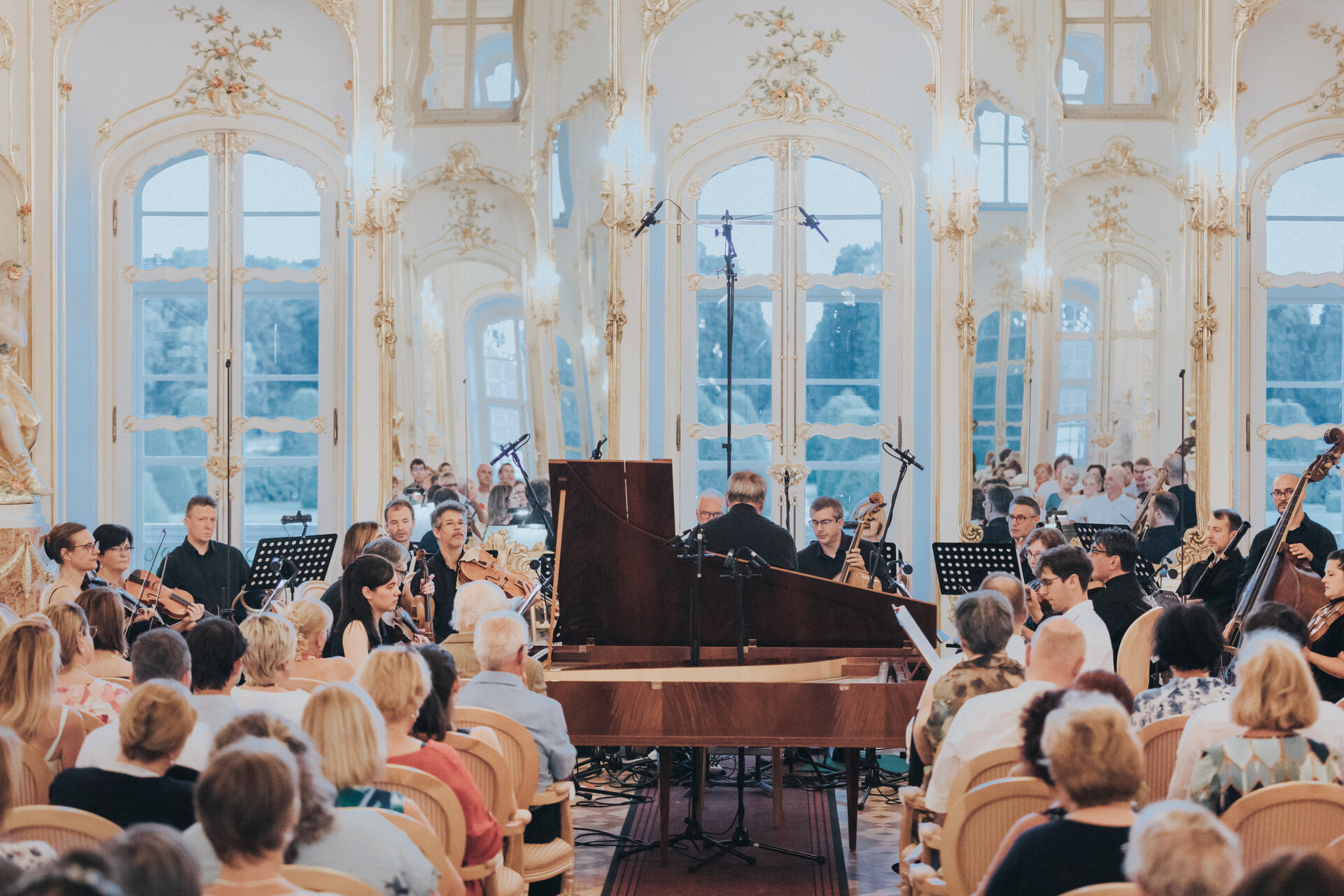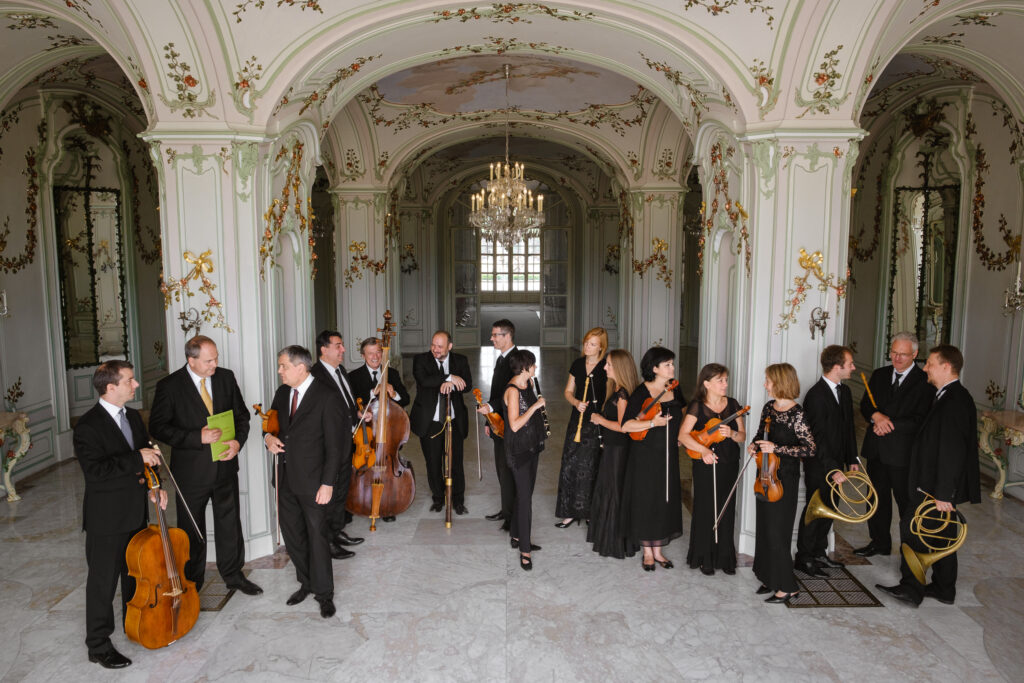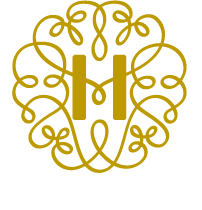In addition to the sinfonia, which was born essentially as an instrumental introductory piece but was also related to a variety of multi-movement instrumental cycles (sonatas, serenades, and divertimentos), attending performances of concertos was also a popular form of recreation in the 18th century. The lifeblood of the genre was the dialogue between the different voices, which could play out either between the various instrument groups or the tutti and a solo instrument. In this case, the solo instrument could have been practically anything, from the violin through the mandolin, all the way to the organ.
Mozart wrote concertos for a number of instruments during his short but breathtakingly productive career; however, his preferred instruments were those belonging to the keyboard category since he himself was an unsurpassed master of these as a performer. Nevertheless, he did not have himself in mind when writing his Concerto for Three Pianos in F major in Salzburg in 1776, as it was composed for Count Lodron’s wife and two daughters. The composers wrote the different voices to match the skills of the performers; therefore, Countess Antonia and the older daughter, Aloysia, were given harder material, while the younger Josepha was given easier sheets to play. This manner of composing the piece later made it easier for Mozart to adapt it to two fortepianos in 1780. The first of the two symphonies by Haydn framing the concerto was a product of the 1760s. Its structure reminiscent of Baroque sonatas and unyielding momentum clearly set it apart from the mature tone of Symphony No. 92. Although the latter piece was written in 1789 to satisfy a French order, Haydn took the sheet music with him to his first journey to England, during which he was granted a honorary degree at Oxford University.






